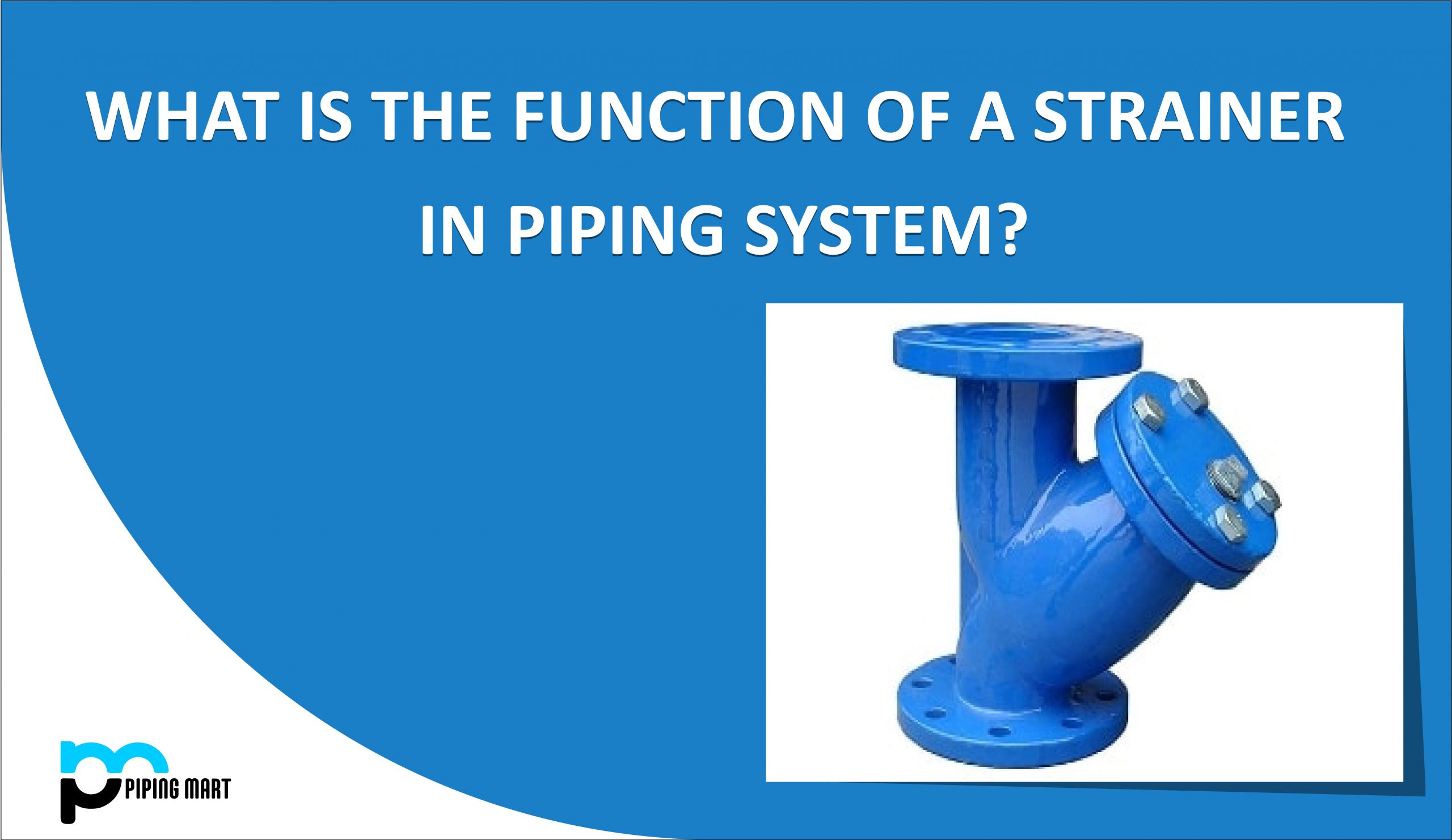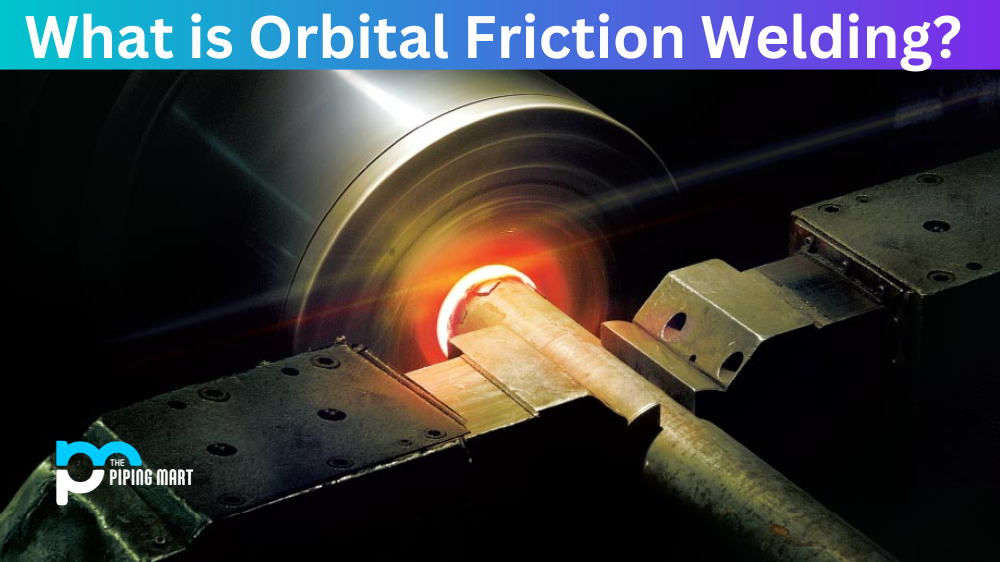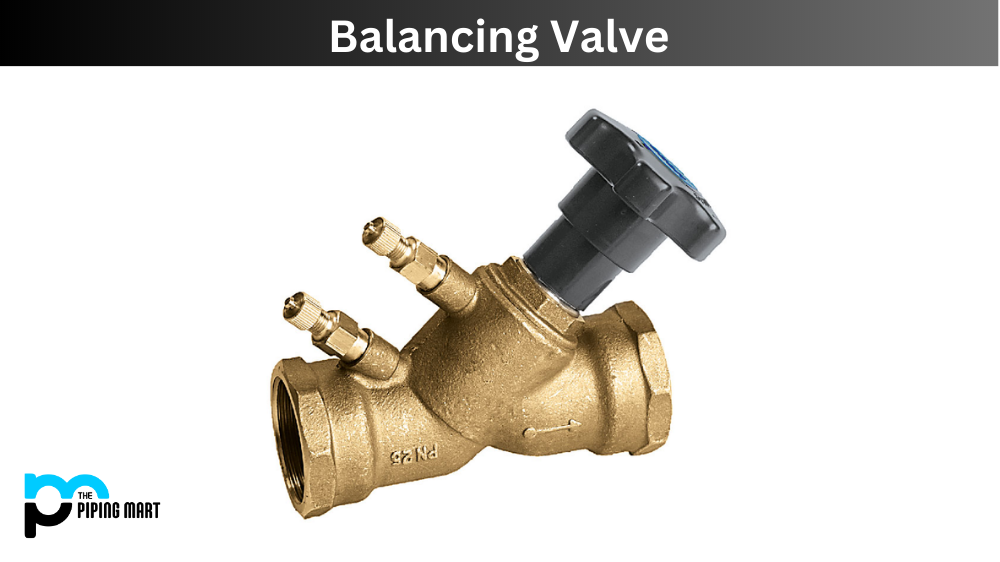Strainers are mechanical devices used to retain (and remove) unwanted particles from flowing liquids while also protecting equipment such as pumps and compressors. Strainers are classified into three types: Y, basket, and duplex. The strainer’s screen, notably its mesh size, is an important component (perforation density).
What is Strainer in Piping?
When it comes to piping systems, a strainer is an essential component for maintaining the proper flow of fluids. A strainer is essentially a filter that traps unwanted particles or debris from flowing through the piping system. This can include everything from rocks and dirt to sand and other smaller impurities that can cause issues later on. The strainer can be located anywhere in the piping system, depending on the application and the size of the pipes. The purpose of a strainer is to ensure that the fluid flow remains clean and unobstructed, which can ultimately lead to a more efficient and effective piping system. Whether you are working with water, oil, or other types of fluids, a strainer is a crucial element that should not be overlooked.
Functions Of Pipe Strainers
Pipe strainers are classified into two Forms: “Y-strainer” and “ T-Strainer.”
Y Strainer
A Y-strainer is a small Y-shaped tool that is used to trap undesirable particles in pipes.
Y strainers can be placed horizontally or vertically, with the filtering element pointing towards the ground, and cause a pressure drop in the pipeline.
This sort of pipeline strainer must be cleaned regularly to ensure that dirt does not block the device’s filtering. When y-strainers require cleaning, the pipeline can be continued in service.
Y-strainers suit high-pressure gas pipes with a low concentration of unwanted particles and dirt. Y strainers, have a lower capacity for dirt storage than T strainers of similar size.
T-Strainer (Basket Strainer)
A basket strainer is a perforated basket that is upright and collects dust and objects carried by the fluid conveyed by the pipeline.
Because of the larger size of the filtering element, a basket strainer can store more dust and dirt than a y-strainer of the same size and is the preferred choice when pressure drops in the pipeline are unacceptable.
T-strainers must be positioned vertically, with the top of the strainer removed for periodic cleaning (self-cleaning t-strainers are also available on the market).
The well-known “duplex basket strainer” is a form of T-strainer that comprises two parallel T strainers that assist in filtration element maintenance while keeping the line operational (the line is bypassed when one of the two strainers is cleaned).
Y-Strainer Mesh
The mesh size of the Y strainer is a crucial consideration. The mesh shows the number of holes per inch in the screen, which is the strainer’s filtration element. The screen mesh size can be specified in millimeters, inches, microns, or by a mesh number.
The following factors should be considered while determining the appropriate mesh size:
- The largest particle size that downstream equipment (such as a pump or compressor) can handle safely.
- The pipe system’s working temperature and pressure
- The max permissible pressure decrease
- The type of the transmitted fluid
If the mesh is too small, some undesirable particles may pass through and damage downstream equipment, and extra amounts of dirt may accumulate in the strainer cage, causing pressure decreases in the pipe system and higher-than-necessary maintenance costs.
Materials Used For Making Different Parts of Strainers
Body Materials
Cast iron, bronze, carbon steel, stainless steel, and plastic are the most prevalent materials used for the bodies of Y strainers and basket strainers. Essentially, Y-strainers have bodies constructed of the same cast and forged materials as other commercial valves.
Cast Iron
Cast iron is the most popular strainer body material due to its minimal initial cost. It is used in systems where the water pressure and temperature are not excessive, and the system is not subjected to a lot of thermal or mechanical shock.
Cast iron is primarily used for larger potable water lines and various non-potable water systems, as well as a range of other products and process applications.
Bronze
For brackish, saline, and marine service, a bronze body is ideal. It is frequently used to provide potable water services. It costs twice as much like cast iron.
Carbon Steel
Carbon steel bodies are utilized in high temperature and pressure applications, as well as when thermal and mechanical stress resistance is required. Carbon steel is also used in settings where there is a risk of fire.
Chrome Molybdenum Alloy
High pressures and temperatures above 1000 °F are typically specified for chrome-moly steel bodies.
Stainless Steel
Because of its corrosion and contamination resistance and convenience of cleaning, stainless steel is the ideal body, basket, and screen material in the pharmaceutical, food processing, and chemical industries. Stainless steel is around four times the price of cast iron.
Cast steel (bore size greater than 2 inches) and forged steel are the most commonly used material grades for strainer bodies (bore size below 2 inches).

Pipingmart is B2B portal specializes in industrial, metal and piping products. Also, share latest information and news related to products, materials and different types grades to help business dealing in this industry.




